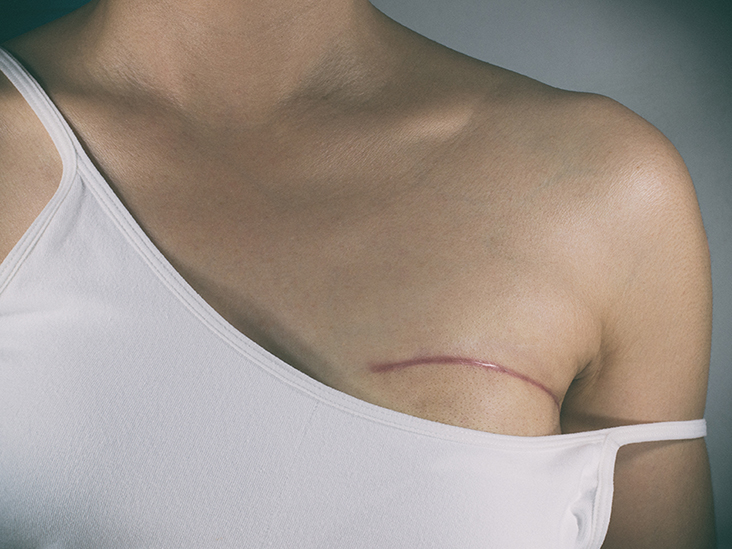How to Avoid a Weakened Cardiovascular System Following Breast Cancer Surgery
We’ve shared a number of posts about breast cancer and there is a good reason for doing so. Breast cancer is one of the most common forms of cancer diagnosed in the United States and around the world.
Did you know that here in the United States, 1 of every 8 (12.8%) women will be diagnosed with invasive breast cancer at some stage in their life? While 12.8% may not sound like a lot, consider the fact that in a group of 80 women, about 10 of them will be diagnosed with invasive breast cancer.
This year, it’s expected that around 266,120 women will be told that they have invasive breast cancer and another 64,000 will be told they have non-invasive breast cancer. If you think breast cancer is a female disease only, think again as it is expected that about 2,550 men in the US will be diagnosed with invasive breast cancer.
While the survivability rate for breast cancer has been increasing, it is still estimated that around 41,000 women will die this year dur to breast cancer. The older a woman is when she gets breast cancer, the lower the survivability rate.
This is why we post so many posts exploring different issues dealing with breast cancer.
One of the problems with many women who undergo breast cancer surgery is that it takes a toll on the heart and cardiovascular system. In some women, that weakening of the cardiovascular system leads to other medical complication which then leads to a shortened survivability or a compromised or impaired lifestyle.
There is hope to help overcome the post-surgical weakening of the cardiovascular system, as seen in this report:
“A year-long structured exercise program initiated 3 weeks after surgery for breast cancer significantly attenuated expected declines in cardiovascular (CV) function as patients continued through treatment, a Norwegian randomized, placebo-controlled study found.”
“The program, which took place outdoors and incorporated aerobics, weight bearing movement, and stretching, enabled almost full recovery of CV function at 12 months.”
Inger Thune, MD, PhD, Oslo University Hospital, Norway, lead author on the study commented:
“It is striking that for all [patient] groups — whether they received chemotherapy or not — there was a really good effect of being in the physical activity program.”
“Our study supports incorporation of supervised clinical exercise programs into breast cancer treatment guidelines.”
“CV function during treatment is a reflection of a patient’s physical function later on in life, because [poor CV function] is a marker of susceptibility to comorbidity and to overall survivorship, so its loss can be a very important issue in daily life.”
Kent Osborne, MD, of the Dan L. Duncan Comprehensive Cancer Center, Baylor College of Medicine, Houston, Texas, added:
“You’d be surprised how little activity patients get after their diagnosis, and this is partly related to their families telling them, ‘You need to rest because you are on this chemotherapy’.”
“But patients need to be as active as they can. They will tolerate chemotherapy better and have better outcomes, so we have to convince the family not to treat the patient as if they are sick.”
If you or someone you know are one of the 8 women diagnosed with invasive breast cancer who ends up having surgery, check with your doctor(s) about the proper exercise program to help you avoid the problems associated with a weakened cardiovascular system. A little sweat could just add years to your life.









Recent Comments